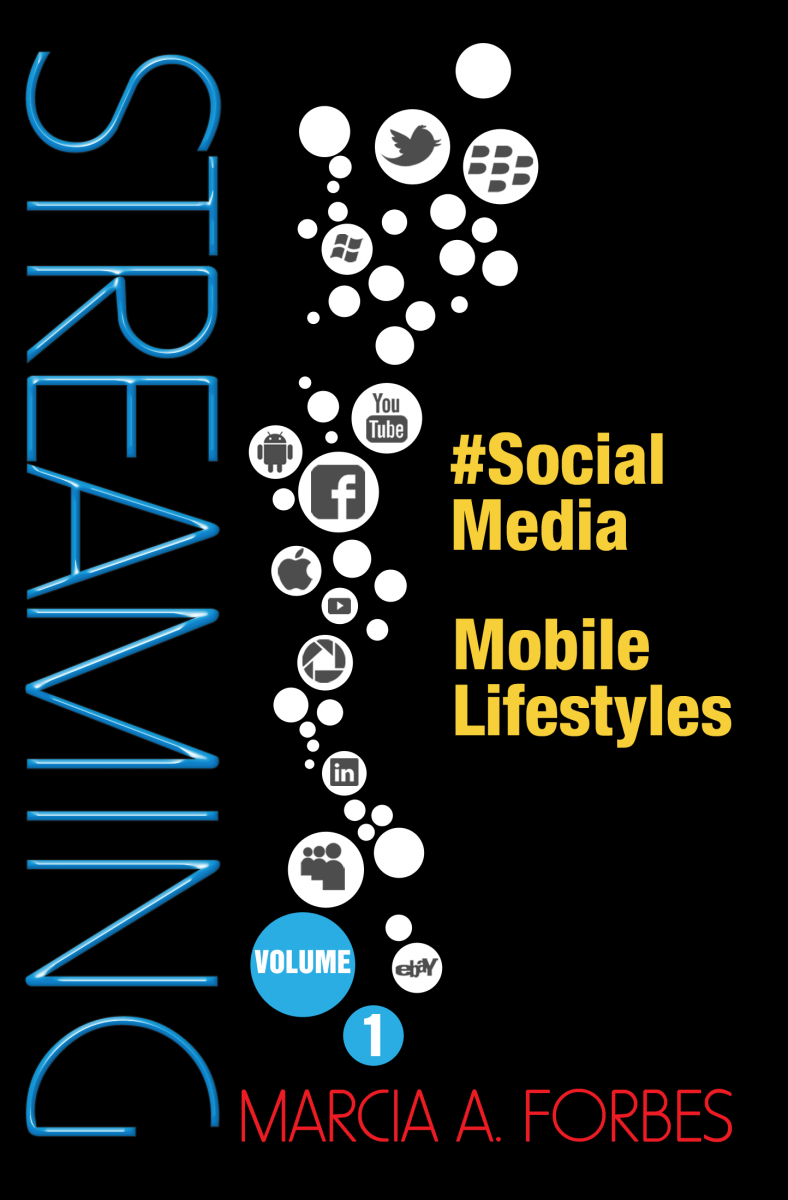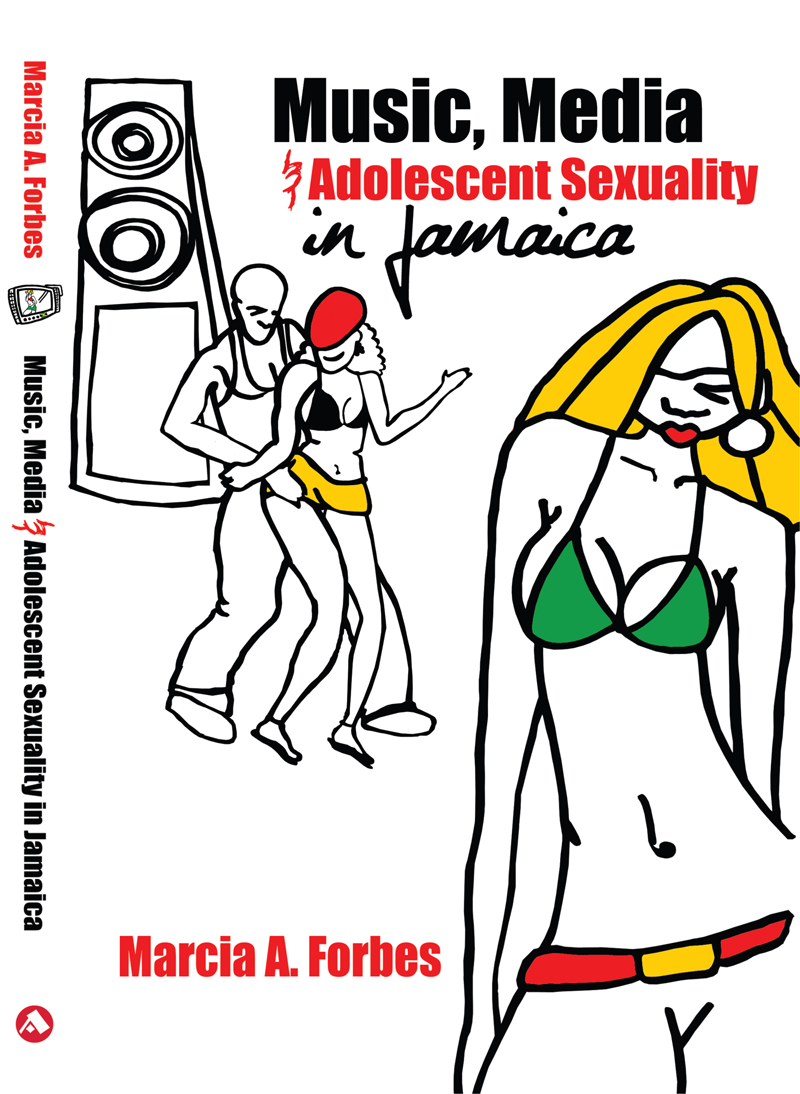Media's Influence--It All Depends
The recent launch of the timely and important book Media & Violence in Jamaica edited by Marjan de Bruin and Claude Robinson, not surprisingly, saw discussions regarding the influence of media on audiences. In the panel presentation I spoke to research findings pertaining to the subject and through this medium want to widen the dialogue.
Jamaica is media-saturated and the media in Jamaica are saturated with certain kinds of messages. Of note is that “US-produced programmes appear to be significantly ahead in their violence quotient when compared with the output of industrialized countries” (Ross & Nightingale, 2003: 79). Importantly, it is predominantly US programmes which Jamaican audiences consume.
Coupled with this often conspicuous consumption is what I term a confluence of conditions in Jamaica which predisposes us to potentially negative consequences of media violence. These conditions include our socio-cultural environment with fractured families, absent fathers and missing mothers, along with a well-recognized and often glorified gun-culture, the prevalence of ‘murder music’ and endorsement of corporal punishment. All these effectively put us at greater risk as consumers of media violence.
Having acknowledged the foregoing, it may seem untenable for me to say that media have no clear cut influence. Yet, this is true. We do not all interact with media messages in predictable, stable ways. Our responses are dependent on several variables. These include our age, gender, social class, personality, values, mood-state and importantly, quantities and types of media consumed. Even time of day can affect what we make of media messages. Increasingly I feel disinclined to tune to local news too early in the morning or late at night as I strive to start and end my day on a positive note. The influence of media is not fixed and the subject is a contentious, complex matter with research findings coming to no consensus.
A part of the challenge is that ‘findings’ can be coloured by the researcher’s motives and the research methods. In the social sciences research designed to prove causation is often difficult, sometimes impractical, immoral or even impossible. So we settle for correlations or relationships. But correlation is not causation and therein lies the rub since some will argue that weak or even moderate correlations prove nothing. In social science such correlations may mean a great deal but are overwhelmed by intervening and confounding variables. I believe this is the dilemma of some research findings pertaining to dancehall music.
Recently there have been a slew of articles in the local press pointing to findings linking exposure to violence (not media violence) and actual or potentially violent behaviours. One article spoke to the ways in which such exposure primes Jamaican children for terrorist acts, another made the connection between this exposure and attention deficit disorders while a third reported on findings out of the USA linking spanking with aggressive behaviour in children. They all reveal the value of correlations and the meaningful extrapolations which can and should be made from such associations.
Looking specifically at age as one research variable, it is noteworthy that children, adolescents and adults will all react differently to media and media violence. This relates to, among other things, their level of maturity by way of their stage of psychological, emotional and moral development. It is well established that children are not always able to differentiate reality from fantasy.
As de Bruin highlights in the book Media & Violence in Jamaica, whether or not media violence will influence violent behaviour is dependent on, among other factors, how the violence is presented. Is it presented as acceptable or even desirable? What are the consequences of such media violence, is the perpetrator punished or rewarded? In her chapter, Gloria Royale Davis, from a sample of 10 to 18 year olds, amplifies the argument of media violence noting that “all participants, regardless of age, gender or social class, confessed to learning negative behaviours from television”.
Seemingly but not really in contrast with Davis’ findings when one reads the book, Audrey Pottinger’s contribution picks up on audience differentiation in response to media messages. She notes that “respondents from inner-city communities were the most supportive of the media’s reporting of news on crime and violence.” Almost 80% of them were “more or less satisfied with the actions of reporters, compared to …31% of the middle class community.”
Audiences are not all alike, social class as well as age make a difference to perceptions of the acceptability of media violence, even when presented in factual accounts as in newscasts. So too does the placement of such stories, as made clear in Corinne Barnes’ chapter which provides a content analysis of news coverage of violence in Jamaica. Robinson rounds it off with a survey of Jamaican media workers, making the point that they “approach their jobs from the background of their own history and world-view”, bringing home to us that the much vaunted concept of objectivity in reporting is a myth.
Media and its influence are likely to continue to be controversial for a very long time. Read the book. Journalists and reporters interpret events and produce stories based on their own lived realities, even though they strive for balance, fair play and the chimaera, objectivity. Audiences partake of these presentations from their own perspectives and based on their own lived realities, choosing what they will believe and discarding what they will not. Regarding media’s influence therefore, it all depends on you and on me!


